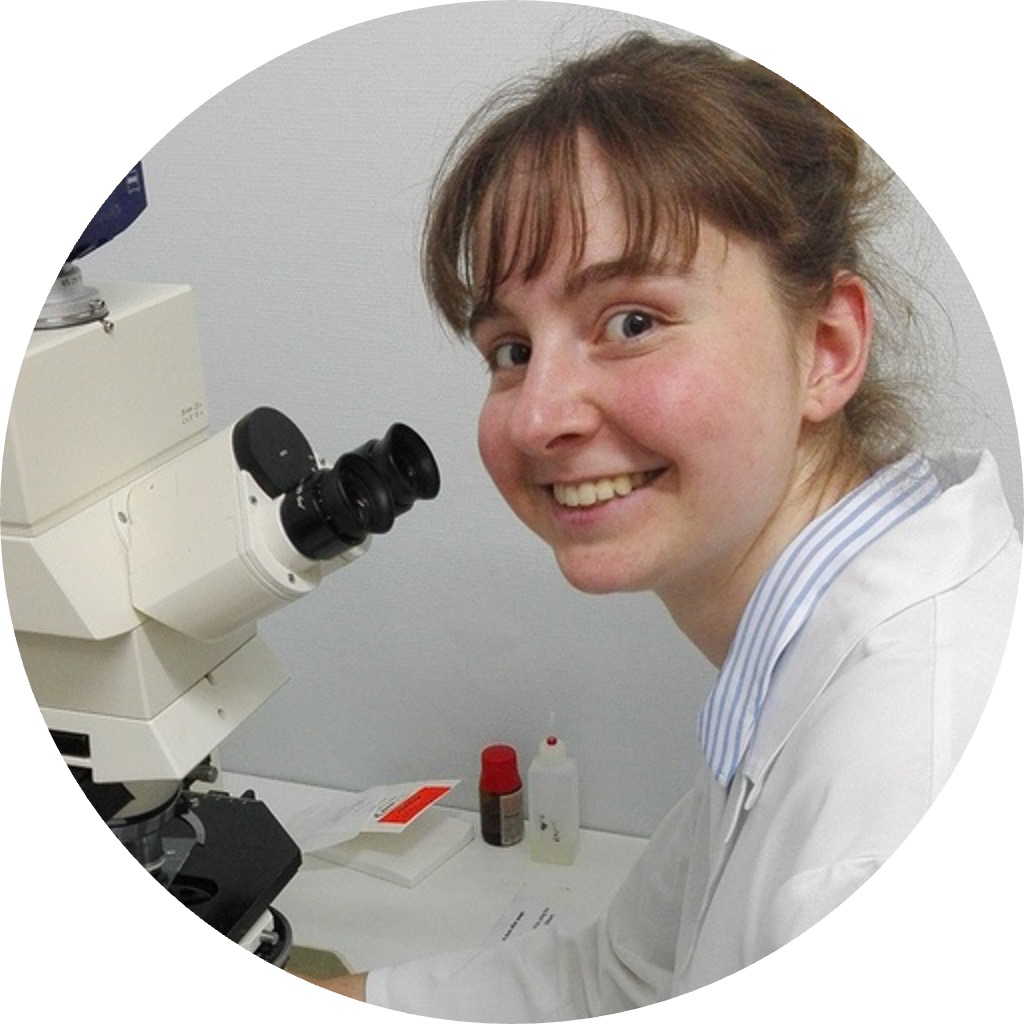Vnat 2024
A virtual conference presenting the latest research involving the ultra-fast-growing bacterium Vibrio natriegens
March 13th – 15th 2024
Starting 1:00 PM UTC each day, hosted on Zoom
| Time zone |
UTC Time | US Estern time (EDT, UTC-4) |
Denmark (UTC +1) |
Western Austrailia (Perth, UTC+8) |
Korea (UTC+9) |
| Start time | 1:00 PM | 9:00 AM | 2:00 PM | 9:00 PM | 10:00 PM |
| End time | 3:00 PM | 11:00 AM | 4:00 PM | 11:00 PM | 12:00 AM |
Program Registration
About Vibrio natriegens
V. natriegens was first isolated in 1958 in salt marsh mud at the east coast of the USA [1]. In recent years, this bacterium has gained increasing attention due to its incredibly fast growth with a doubling time of less than 10 minutes [2]. Major breakthroughs in its accessibility were achieved in the last decade, including first published genome sequences [3] [4], first plasmid transformation protocols [5] [6] and the development of genome engineering methods [5] [6] [7] [8] [9]. Additionally, a number of recent studies characterized standard genetic parts to provide a toolkit for V. natriegens [10] [11] [12]
To date, the interesting properties of V. natriegens, e.g. high number of ribosomes [13] and broad range of utilizable carbon sources [14], have been used for the production of proteins both in vivo [15] [16] and in vitro [17] [18] [19] as well as for the synthesis of molecules with potential industrial applications [7] [14] [20] [21].
The existing literature about V. natriegens was summarized in recent review articles [22] [23].
References
[1] Payne, W.J. (1958) Studies on bacterial utilization of uronicacids. III. Induction of oxidative enzymes in a marine isolate. J Bacterio l76: 301–307.[2] Eagon, R.G. (1962) Pseudomonas natriegens, a marine bacterium with a generation time of less than 10 minutes. ASM
[3] Maida, I., Bosi, E., Perrin, E., Papaleo, M.C., Orlandini, V.,Fondi, M.,et al. (2013) Draft genome sequence of the fast-growing bacterium Vibrio natriegens strain DSMZ759. Genome Announc 1: e00648–e00613.
[4] Wang, Z., Lin, B., Hervey, W.J.t., and Vora, G.J. (2013) Draft genome sequence of the fast-growing marine bacterium vibrio natriegens strain ATCC 14048. Genome Announc 1: e00589–e00513.
[5] Lee, H.H., Ostrov, N., Wong, B.G., Gold, M.A., Khalil, A.S., and Church, G.M. (2016) Vibrio natriegens, a new genomic powerhouse. bioRxiv: 058487. https://doi.org/10.1101/058487.
[6] Weinstock, M.T., Hesek, E.D., Wilson, C.M., and Gibson, D.G. (2016) Vibrio natriegens as a fast-growing host for molecular biology. Nat Methods 13: 849–851.
[7] Dalia, T.N., Hayes, C.A., Stolyar, S., Marx, C.J., McKinlay, J.B., and Dalia, A.B. (2017) Multiplex genome editing by natural transformation (MuGENT) for synthetic biology in Vibrio natriegens. ACS Synth Biol 6: 1650–1655.
[8] Lee, H.H., Ostrov, N., Gold, M.A., and Church, G.M. (2017) Recombineering in Vibrio natriegens.bioRxiv: 130088.https://doi.org/10.1101/130088.
[9] Lee, H.H., Ostrov, N., Wong, B.G., Gold, M.A., Khalil, A.S.,and Church, G.M. (2019) Functional genomics of the rapidly replicating bacterium Vibrio natriegens by CRISPRi. Nat Microbio l4: 1105–1113.
[10] Aiyar, S.E., Gaal, T., and Gourse, R.L. (2002) rRNA promoter activity in the fast-growing bacterium Vibrio natriegens. J Bacteriol 184: 1349–1358.
[11] Hoffart, E., Grenz, S., Lange, J., Nitschel, R., Müller, F.,Schwentner, A., et al. (2017) High substrate uptake rates empower Vibrio natriegens as production host for industrial biotechnology. Appl Environ Microbio l83: e01614–e01617.
[12] Eichmann, J., Oberpaul, M., Weidner, T., Gerlach, D., and Czermak, P. (2019) Selection of high producers from combinatorial libraries for the production of recombinant proteins in Escherichia coli and Vibrio natriegens. Front Bioeng Biotech 7: 254.
[13] Schleicher, L., Muras, V., Claussen, B., Pfannstiel, J.,Blombach, B., Dibrov, P.,et al. (2018) Vibrio natriegens as host for expression of multi subunit membrane protein complexes. Front Microbio l9: 2537.
[14] Des Soye, B.J., Davidson, S.R., Weinstock, M.T., Gibson, D.G., and Jewett, M.C. (2018) Establishing a high-yielding cell-free protein synthesis platform derived from Vibrio natriegens. ACS Synth Bio l7: 2245–2255
[15] Failmezger, J., Scholz, S., Blombach, B., and Siemann-Herzberg, M. (2018) Cell-free protein synthesis from fast-growing Vibrio natriegens.Front Microbio l9: 1146
[16] Wiegand, D.J., Lee, H.H., Ostrov, N., and Church, G.M.(2018) Establishing a cell-free Vibrio natriegens expression system. ACS Synth Bio l7: 2475–2479
[17] Wang, Z., Tschirhart, T., Schultzhaus, Z., Kelly, E.E.,Chen, A., Oh, E., et al. (2020) Melanin produced by the fast-growing marine bacterium Vibrio natriegens through heterologous biosynthesis: characterization and application. Appl Environ Microbio l86: e02749–e02719.
[18] Hoff J, Daniel B, Stukenberg D, Thuronyi BW, Waldminghaus T, Fritz G. (2020) Vibrio natriegens: an ultrafast-growing marine bacterium as emerging synthetic biology chassis. Environ Microbiol. 10.
About the conference
This event will present recent work involving the fast-growing bacterium Vibrio natriegens and contribute to the formation of a well connected community of scientists working with this fascinating organism. We are looking forward to a full week of exciting talks covering everything from basic research to interesting applications of V. natriegens. (link to program)
Are you in a time zone that makes it awkward to attend the conference live? Please join us anyway! Most talks will be available to stream online for registered attendees following the presentations, and extended discussion will take place on the Vnat Community forum (register for more information).
Additionally, you can be added to the Vnat research community mailing list. Emails will focus on Vnat conference updates and maybe other news in the future. Please take a moment to register if you have not already: (link to community mailing list)
Follow us on Twitter @VnatConference or tag #vnat2024!
Sessions
(Click a title to read a corresponding abstract)
March 13th : Vnat Applications
Host: Aaron Smith & Anna Faber
 |
Tianyu Li (North Carolina State University) Engineering Vibrio natriegens for Degrading and Assimilating Poly (Ethylene Terephthalate) |
 |
Hyun Gyu Lim (Inha University) Engineering Vibrio sp. dhg for Accelerated Biorefineries |
 |
Yungyu Lee (Seoul National University) Natural Transformation of Vibrio natriegens with Large Genetic Cluster Enables Alginate Assimilation in Isopentenol Production |
 |
Xiang Gao (Shenzhen Institutes of Advanced Technology, Chinese Academic of Sicence) Solar-driven Waste-to-chemical Conversion by Wastewater-derived Semiconductor Biohybrids |
March 14th : Vnat Basic Science
Host: Gregory Eillis & Anna Faber
 |
Henry Lee (Cultivarium) [Community Needs] |
 |
Jorg Soppa (Goethe-University, Frankfurt, Germany) Ploidy in Vibrio natriegens: Very dynamic and rapidly changing copy numbers of both chromosomes |
 |
Richard Biener (University of Applied Sciences Esslingen) Low-chloride Chemically Defined Media for Vibrio natriegens |
 |
Terry Hwa (UC San Diego) Physiological Characteristics of V. natriegens |
March 15th : Vnat Engineering Tools
Host: Hyun Gyu Lim & Aaron Smith
 |
Daniel Stukenberg (Center of Synthetic Microbiology, Marburg) Tool Development for V. natriegens |
 |
Anna Faber (The University of Western Australia) The Vnat2.0 collection: An Enhanced and Expanded Golden Gate Toolkit for Vibrio natriegens |
 |
David Specht (Cornell University) Engineering Enhanced Natural Competence in V. natriegens using CRISPR-associated Transposons |
 |
B Thuronyi (Williams College) Advancing Vibrio natriegens as a model organism for studying plasmid natural transformation |
 |
Tanya Tschirhart (U. S. Naval Research Laboratory) Genome Engineering and Reduction in Vibrio natriegens |
 |
Jongoh Shin (UC San Diego) Systems Biology of Competency in Vibrio natriegens |
The organizers
Tanya Tschirhart
Research Biologist
U. S. Naval Research Laboratory (USA)

Aaron Smith
Research Biologist
US Naval Research Laboratory

Anna Faber
Ph.D. candidate
The University of Western Australia

B Thuronyi
Assistant professor
Williams College

Gregory Ellis
Research Biologist
US Naval Research Laboratory

Hyun Gyu Lim
Assistant professor
Inha University

vnatconference at gmail dot com
Follow us on Twitter @VnatConference or tag #vnat2024.